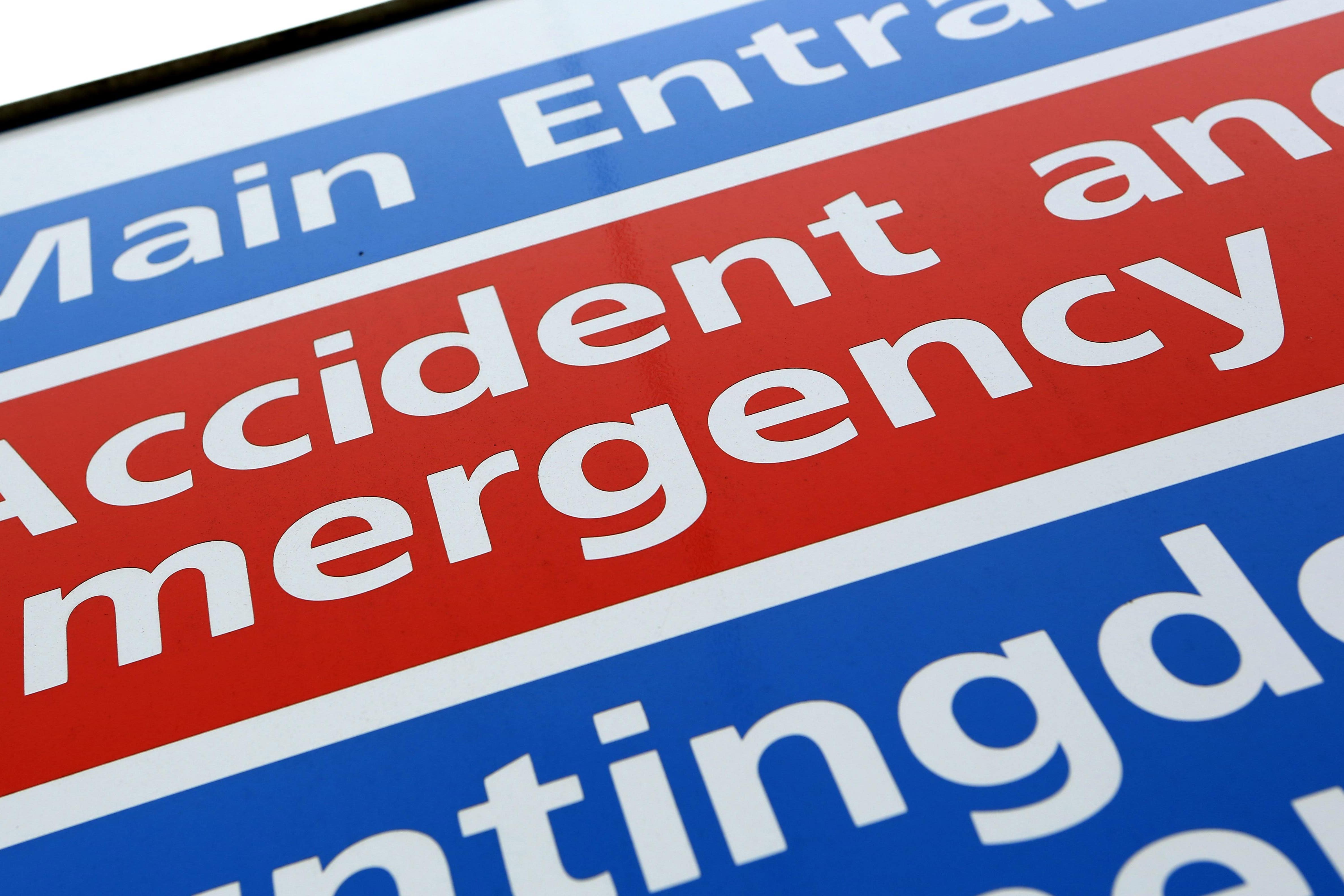Repeat A&E patients can account for almost one in seven visits
Researchers examined ‘frequent attenders’ in a new study.

Your support helps us to tell the story
From reproductive rights to climate change to Big Tech, The Independent is on the ground when the story is developing. Whether it's investigating the financials of Elon Musk's pro-Trump PAC or producing our latest documentary, 'The A Word', which shines a light on the American women fighting for reproductive rights, we know how important it is to parse out the facts from the messaging.
At such a critical moment in US history, we need reporters on the ground. Your donation allows us to keep sending journalists to speak to both sides of the story.
The Independent is trusted by Americans across the entire political spectrum. And unlike many other quality news outlets, we choose not to lock Americans out of our reporting and analysis with paywalls. We believe quality journalism should be available to everyone, paid for by those who can afford it.
Your support makes all the difference.Frequent attenders at A&E departments can account for almost one in seven emergency visits to hospital, a new study suggests.
Researchers conducted a deep dive review into repeat visitors in emergency departments and concluded that the needs of these people are “consistently not being met”.
Experts from the British Red Cross examined data on A&E attendances in Dorset.
Some 1.7% of Dorset’s entire population account for 13.8% of the county’s A&E attendances, according to the review.
Those people needed help and were far more likely to be classed as urgent cases or need hospital admission
The visits are more likely to be classed as urgent by doctors, the report found.
The authors, who reviewed five years of data, highlight how these people are more likely to live in deprived neighbourhoods.
Two groups were more likely to be repeat visitors. The first group are over-70s with two or more long term conditions, 44% of this group were deemed to be nearing the end of their lives.
The second group are aged 20 to 49, with slightly more women than men, with mental ill health.
Both groups are more likely to arrive at A&E via ambulance and both attended GPs more frequently in the month before their A&E attendance.
Many people are making repeat visits to A&E across the country because of unresolved medical issues and other unmet non-clinical needs, the British Red Cross said.
The charity has made a series of recommendations, including the creation of more dedicated high intensity use of A&E (HIU) services.
“Every year millions of people go to A&E when they have an accident or are in desperate need of care, but some people have to attend more than others,” said Beatrice Butsana-Sita, British Red Cross chief executive.
“There are many reasons that can contribute to this and for those individuals, it is very distressing. It is a situation any of us could find ourselves in.”
She added: “Our research found almost one in seven A&E attendances in Dorset were from less than 2% of the county’s population.
“Those people needed help and were far more likely to be classed as urgent cases or need hospital admission.
“Our Red Cross teams work with the NHS across the country and regularly see people facing a range of issues, from isolation to inadequate housing and other challenges that impact health and wellbeing.
“As the Government embarks on the development of a new plan to transform the NHS, this research provides further urgency for the need to tackle underlying causes of ill health, resource vital community services and more dedicated high intensity use of A&E services.
“This will help make sure the right services are in place to support people with compassion when they need it most before they reach crisis point.”